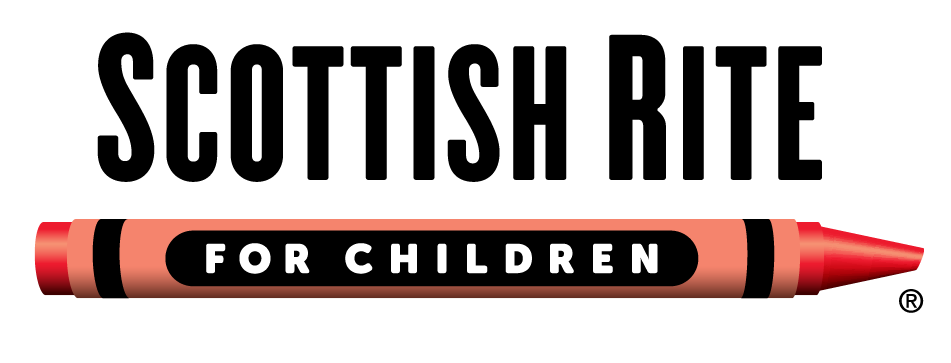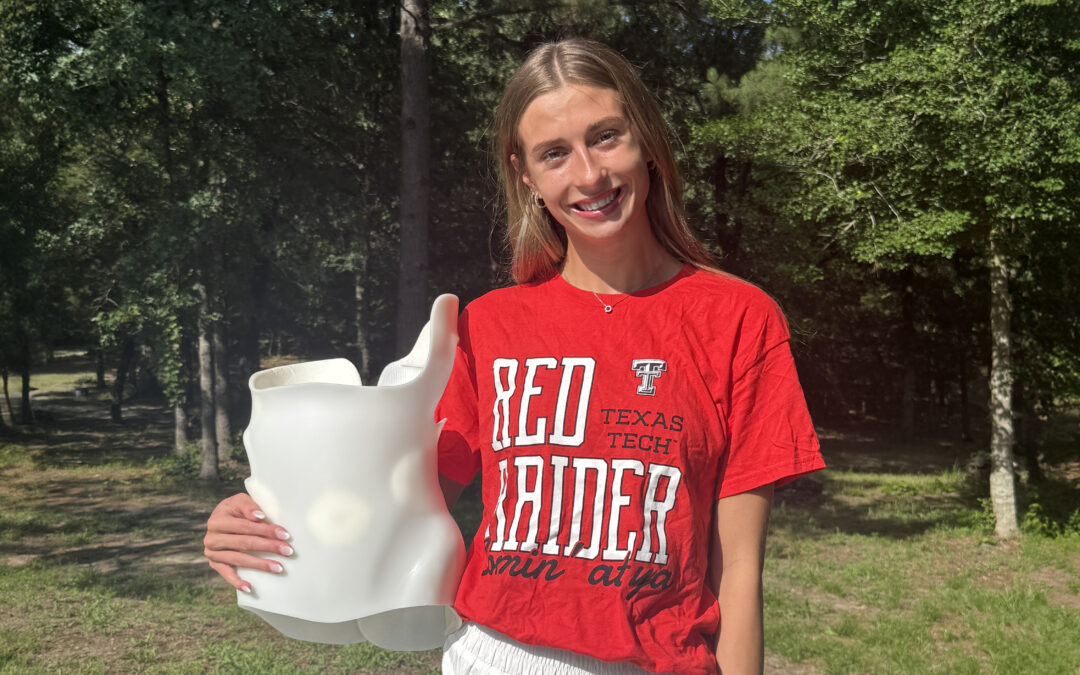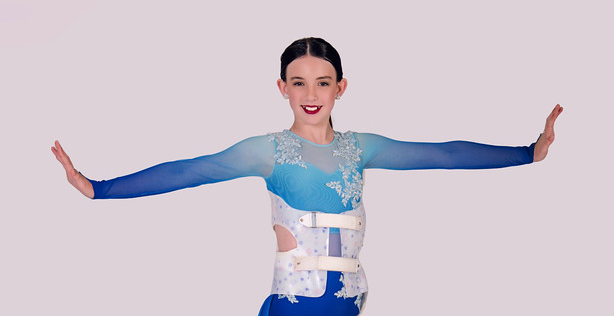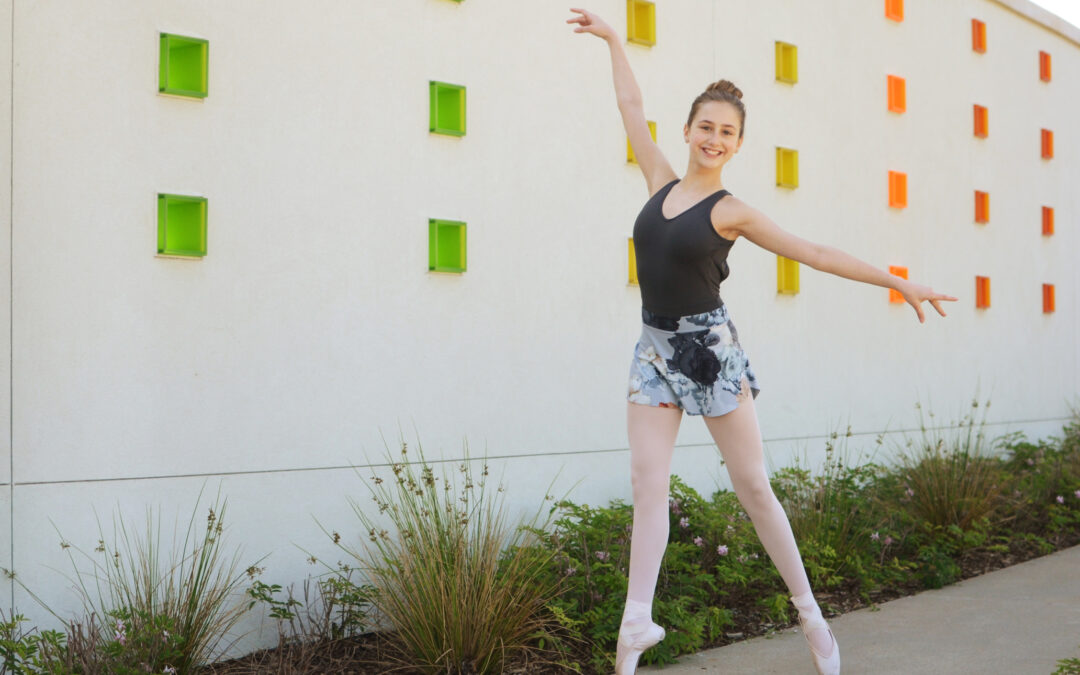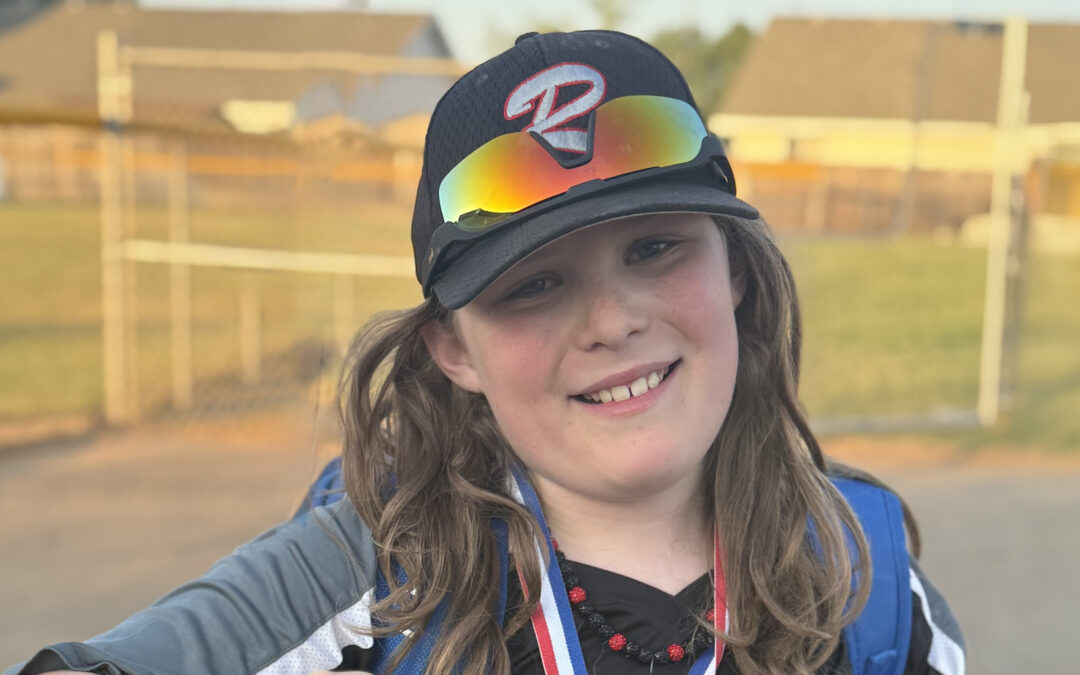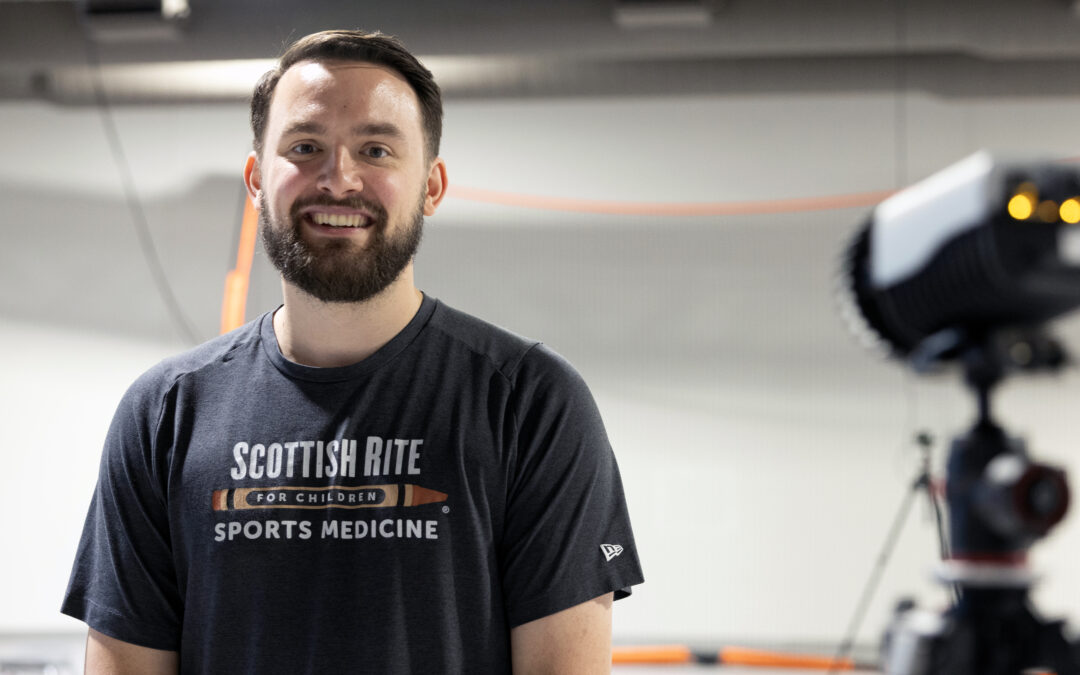
Get to Know Our Staff: Alex Loewen, Movement Science Lab
What is your job title/your role at Scottish Rite?
I am a bioengineer in the Movement Science Lab at Scottish Rite for Children Orthopedics and Sports Medicine Center in Frisco. We use high-speed motion capture technology, similar to what is used in movies and video games, to record young athletes’ movements. As a bioengineer, I am responsible for ensuring the accuracy of data collected through our motion capture equipment. A significant part of my role involves developing the code that supports our analysis of the 3D motion capture data in a programming language called MATLAB.
What is the most fulfilling part of your job?
There are two main aspects of my job that I find fulfilling. First, we test athletes in our lab and generate reports, which identifies movement patterns that may increase their injury risk while playing their sports. As a former athlete myself, I understand how important it is to be able to continue playing the sport you love. Second, I develop ways to streamline our data processing methods, which ultimately supports every member of our incredible Movement Science Lab team.
What makes Scottish Rite a special place to you?
The culture at Scottish Rite is what truly makes it special. By keeping our focus on the patients we treat, we are constantly reminded of why we do what we do, which fosters a strong sense of purpose and dedication throughout the team.
What made you choose a career in health care?
I have always loved sports, so I initially planned to become a sports physical therapist. However, I ended up pursuing a master’s in biomechanics, which led me to the world of motion capture. There are many different avenues you can take in motion capture, but I chose health care. It allows me to have the most immediate impact on individuals.
What is something unique you get to do in your position?
One unique aspect of my position is how it molds engineering and health care in pediatric sports medicine. I get to apply advanced technology and data analysis techniques to understand and optimize movement patterns in young athletes.
What’s your favorite thing to do outside of work?
My favorite thing to do is spend time with my wife and 2-year-old daughter at the playground or the pool.
Do you have any hidden talents?
I play both the piano and ukulele.
Where are you from, and what brought you to DFW?
I’m originally from McKinney, Texas, and have spent my entire academic and professional career in the DFW area.
If you could travel to anywhere in the world, where would you go and why?
Within the U.S., my wife and I have a goal to visit every national park, so whichever one is next on our list is where I’d love to go. Internationally, I would choose Italy — partly for the scenery, but mostly because one of my love languages is pasta.
If you had to pick one meal to eat for the rest of your life, what would it be?
I would pick my abuelita’s huevos con salsita. It is a simple meal with flour tortillas, eggs, tomatoes and onions. No one makes it quite like her.
What was the first concert you attended?
I saw Luke Combs with Lainey Wilson and Cody Johnson.
Favorite hidden DFW gem?
Cris and John. If you have never tried a ramenritto or phodilla in your life, then you are missing out!
If you were to have a movie based on your life, which actress/actor would you choose to play your character?
John Krasinski
What is some advice you would give your younger self, OR what’s the best piece of advice you’ve received?
Something I would tell my younger self is to trust that God will open and close the right doors. It’s easy to get caught up in trying to control every outcome, but looking back, the best opportunities came when I allowed God to guide me.
